Broadly speaking, a wave is a pattern which propagates.
Waves can be categorised depending on the nature of interaction which creates them.
Elastic Waves
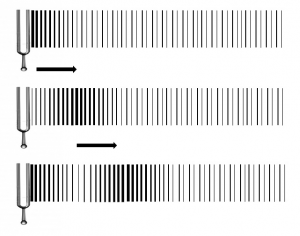
Sound Waves are Elastic Wave (Credit: Anirban Ain)
A wave propagated by a medium having inertia and elasticity, in which displaced particles transfer momentum to adjoining particles, and are themselves restored to their original position.

So are water ripples (Credit: Paul Doherty)
Electro Magnetic Waves
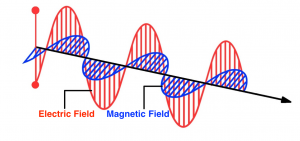
EM Wave (Credit: Amanda Mcpherson)
A wave of energy which propagates as a periodic disturbance of the electric and magnetic field when an electric charge oscillates or accelerates. The visible light is Electro Magnetic wave of a certain frequency range.
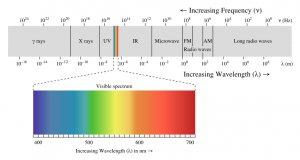
EM Spectrum (Credit: Philip Ronan)
Gravitational Waves
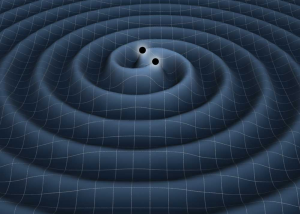
Rapid movement of massive objects creates ripples in space-time (Credit: NASA)
Predicted in Einstein’s General Theory of Relativity, gravitational waves are propagating disturbances in the curvature of space-time caused by the motions of matter. Gravitational waves do not travel “through” space-time as such – the fabric of space-time itself is oscillating.
Why Study GW
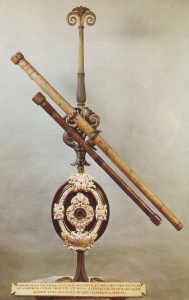
Galileo’s Telescope (Credit: dpa-picture alliance)
Astronomy is one of the oldest sciences. In ancient times, astronomy only comprised the observation and predictions of the motions of objects visible to the naked eye.
A new age of astronomy began with the invention of telescope by Galileo. This new tool enabled us to observe things never been observed before, allowing new laws of physics being discovered and tested.
Telescopes have changed the way man views himself in relation to the Universe.
In the past 400 years, we have studied almost every available window of the electromagnetic spectrum, resulting in a sea-change of our understanding of the universe.
Today, we are on the edge of a new frontier in astronomy: gravitational wave astronomy. Since the universe is more transparent to gravity, this study will explore an unknown aspect of the universe and can be named our attempt to build the first gravitational wave telescope.

VIRGO detector in Pisa, Italy (Credit: The Virgo collaboration)

LIGO Detector in Livingston, USA (Credit: Caltech/MIT/LIGO Lab)
Sources of GW
There are many astrophysical and cosmological events which will emit significant amount of GW. These sources can be classified in the following categories.
Inspiral
Inspiral gravitational waves are generated during the end-of-life stage of binary systems where the two objects merge into one. These systems are usually two neutron stars, two black holes, or a neutron star and a black hole whose orbits have degraded to the point that the two masses are about to coalesce.
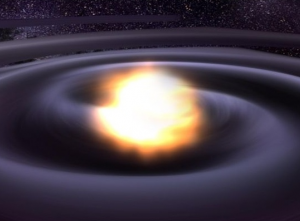
Coalescing Binary
(Credit: NASA/GSFC/D.Berry)
Listen to an Inspiral Signal
Continuous
Continuous gravitational waves are produced by massive astrophysical systems that have a fairly constant and well-defined frequency. Examples of these are binary star or black hole systems orbiting each other or a single star swiftly rotating about its axis with a large mountain or other irregularity on it.
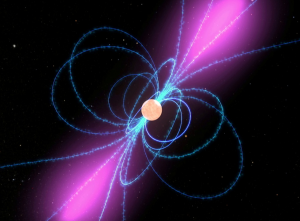
A Pulsar
(Credit: NASA)
Listen to a Continuous Signal
Burst
Explosive events such as supernovae and gamma ray bursts may produce bursts of gravitational waves. The exact form these waves will take, is still unknown. In burst gravitational waves the unexpected is expected. The signals from bursts are expected to be short lived ‘pops’ and ‘crackles’.
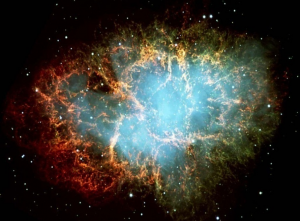
Crab Nebula
(Credit: NASA,ESA,J.Hester,A.Loll(ASU))
Listen to a Burst Signal
Stochastic
Relic gravitational waves from the Big Bang, much like the Cosmic Micro-wave Background (CMB) but from a much younger universe, can create a stochastic background. Stochastic signals can also arise from a large number of random, incoherent events in, say, a galaxy or cluster of galaxies.
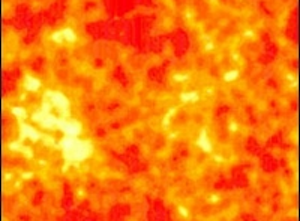
Stochastic Background
(Credit: NASA)
Listen to Stochastic Signal
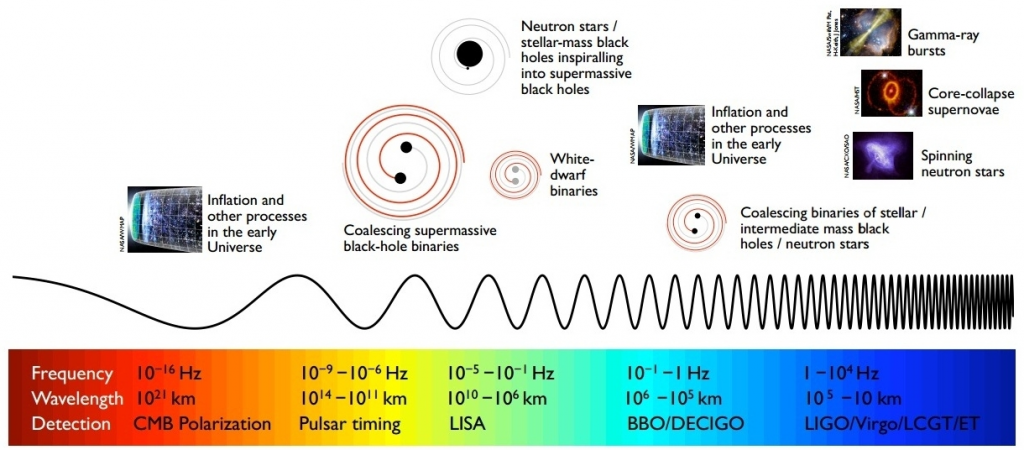
GW Spectrum
The GW Spectrum
Whereas astrophysical electromagnetic waves are incoherent and have wavelengths typically much smaller than their sources, ranging from a few kilometers down to sub-nuclear wavelengths, gravitational waves are coherent and have wavelengths larger than their sources, with wavelengths starting at a few kilometers and ranging up to the size of the Universe.
A Poster Explaining the basics of GW can be found here.
